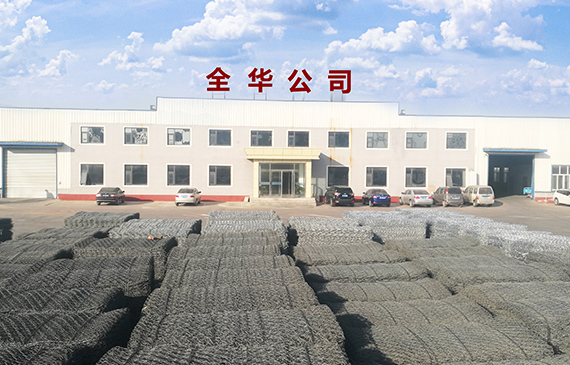Dek . 24, 2024 10:09 Back to list
best gabion wall planter
Creating the Best Gabion Wall Planter A Comprehensive Guide
Gabion wall planters have emerged as a sought-after landscaping feature, combining functionality with aesthetic appeal. Whether you’re looking to upgrade your outdoor space or create a serene garden retreat, a gabion wall planter is both stylish and practical. This article discusses the benefits of gabion wall planters, key considerations when building one, and tips on planting to maximize their beauty.
What is a Gabion Wall Planter?
A gabion wall planter consists of a structure filled with stones or other materials, enclosed within a wire mesh cage. Traditionally used in civil engineering for erosion control and stabilization, gabions have now found a creative niche in gardening and landscaping. They can be used as raised planters, retaining walls, or decorative features, providing a rustic and natural aesthetic.
Benefits of Gabion Wall Planters
1. Versatility Gabion planters can fit any space, whether in a small urban garden or a large country yard. They can be constructed in various shapes and sizes, making them adaptable to any design scheme.
2. Drainage The gaps between the rocks allow for excellent drainage, preventing water retention that often leads to root rot in traditional planters.
3. Durability Gabion walls are robust and can withstand harsh weather. Made from sturdy wire and filled with durable stones, they require minimal maintenance over time.
Key Considerations for Building a Gabion Wall Planter
1. Location Choose a suitable location that receives adequate sunlight and is easily accessible for maintenance. Consider the surrounding plants and structures to ensure your gabion planter enhances, rather than detracts from, your garden design.
best gabion wall planter

2. Materials Select high-quality wire mesh and durable stones. Common stones used include granite, limestone, and river rocks. The size of the stones will depend on the design of the gabion mesh and the aesthetic you want to achieve.
3. Size and Shape Decide on the dimensions based on the available space and your planting goals. Taller structures may require additional support for stability, while more extensive planters can accommodate larger plants or a variety of smaller species.
4. Soil and Drainage Fill the interior of the gabion with high-quality soil. Incorporate drainage materials, such as gravel, at the bottom to ensure excellent water flow and promote healthy plant growth.
Planting Tips
1. Plant Selection Choose plants that thrive in your climate and suit the conditions of your gabion planter. Consider a mix of perennials, shrubs, and seasonal flowers for year-round interest.
2. Layering When planting, layer taller plants at the back and shorter ones at the front to create depth. Incorporate trailing plants that can cascade over the sides of the planter for added visual impact.
3. Watering and Maintenance Regularly monitor moisture levels, especially during dry spells. Mulching around the plants can help retain moisture and enhance the aesthetic of the planter.
4. Seasonal Changes Swap out seasonal flowers or decorate with holiday plants for a dynamic environment that reflects the changing seasons.
Conclusion
Gabion wall planters are an innovative addition to any garden, offering a unique blend of style and practicality. By considering the location, materials, and planting strategies, you can create an eye-catching feature that not only enhances your outdoor space but also provides a habitat for various plants to flourish. Embrace the charm of gabion wall planters and transform your garden into an environmentally friendly, visually appealing haven.
-
HESCO Gabion Baskets for Coastal Erosion Prevention
NewsAug.22,2025
-
Longevity and Durability of River Rock Gabion Walls
NewsAug.22,2025
-
How to Integrate Gabion 3D Walls in Urban Planning
NewsAug.22,2025
-
Reno Mattress Gabion Applications in Civil Engineering
NewsAug.22,2025
-
How to Install Wire Mesh for Gabion Baskets Properly
NewsAug.22,2025
-
Best Materials for Filling a Chain Link Gabion
NewsAug.22,2025
-
Wire Mesh Thickness Impact on Gabion Wall Load Bearing
NewsAug.12,2025






